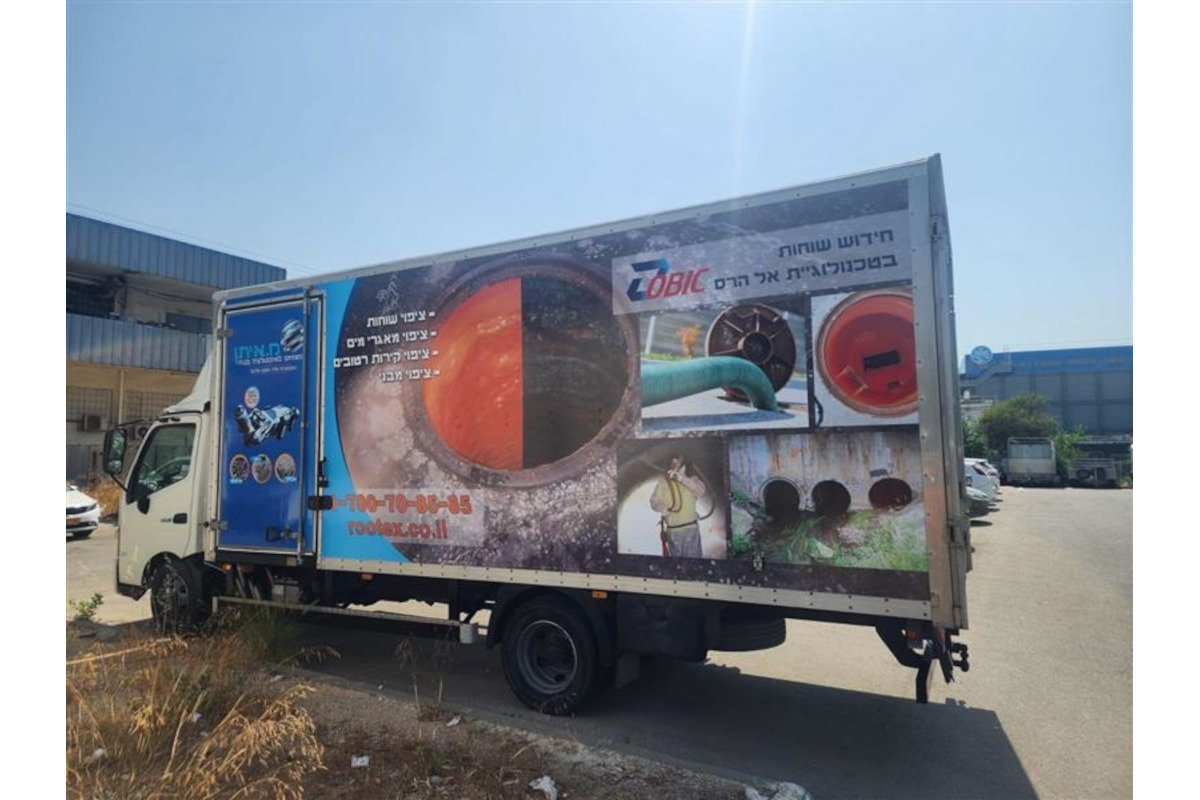Insituguard Technology Aids Pumping Station Upgrade in Scotland
 Peterhead is a world-renowned fishing port that lies on the east coast of Scotland some 30 miles north of Aberdeen. As part of a program of works on the town’s sewer network a pumping station was being upgraded. As part of this upgrade, two 600-mm diameter PVC sewer mains with a history of bursting were to be rehabilitated. The client for the project was Scottish Water.
Peterhead is a world-renowned fishing port that lies on the east coast of Scotland some 30 miles north of Aberdeen. As part of a program of works on the town’s sewer network a pumping station was being upgraded. As part of this upgrade, two 600-mm diameter PVC sewer mains with a history of bursting were to be rehabilitated. The client for the project was Scottish Water.
The PVC sewer mains were located mainly alongside South Road, Peterhead, with all bar some 200 m of the main running beneath the road side grass verge. The final 200 m ran beneath the road carriageway.
After examining the options available for the rehabilitation of the PVC mains it was decided that the best option would be the installation of a structural, close fit liner within the existing pipe. Ultimately it was decided to utilize Insituform Technologies Ltd.’s (ITL) Insitufold lining system to complete the work. The lining operation was to be complete by ITL.
The choice of InsituFold was made because the liner offered an easy installation system that would provide the required close fit liner, allowing the renovated pipe bore to be maximized.
Insitufold Installation
 Trial pits were excavated to confirm the depth and the alignment of the two PVC mains. Sections were also cut out of both mains to be lined to confirm the internal diameter of the PVC pipes to enable ITL to correctly match the required liner pipe.
Trial pits were excavated to confirm the depth and the alignment of the two PVC mains. Sections were also cut out of both mains to be lined to confirm the internal diameter of the PVC pipes to enable ITL to correctly match the required liner pipe.
After arriving onsite, the first job for ITL was to clean out and CCTV survey the existing pipe to ensure that no obstructions were likely to hinder the liner installation. However, during the cleaning of the first main section to be lined, the cleaning crew encountered a problem in the amount of stones that were found to exist within the pipeline. As cleaning progressed using rubber plungers, the build up of stones in front of the plungers became such that the crew was unable to complete the winch-through. The main had to be excavated at this choke point to break into the main and remove the build up of stones and debris.
Once cleaning was completed and the CCTV survey showed no other obstructions, ITL created the required liner pipe using its InsituFold machine to deform the liner into its classic ‘U’ shape prior to insertion into the main. For each lining run the sections of liner were made up to the required length and transferred on to rollers from which the installation would take place. This arrangement was then positioned adjacent to the installation pit of the run. For each lining run a 10-t winch was utilized to pull the deformed liner length through the host pipe.
 The liner pipe itself comprised 555-mm diameter black PE 100 SDR 26 pipe, which was delivered to site in 12-m long sticks. These sticks were butt-welded together into the required liner lengths using a McElroy TracStar 900 fusion unit, which was shelled down to suit the 555-mm diameter of the liner pipe. MCA of Glasgow supplied the fusion unit but ITL’s own trained personnel carried out the welding work. In all, five liner installations were required to complete the rehabilitation work comprising approximately 254 m, 204 m, 205 m, 189 m and 201 m in length. The liner pipe was supplied by GPS PE Pipe Systems of Huntingdon.
The liner pipe itself comprised 555-mm diameter black PE 100 SDR 26 pipe, which was delivered to site in 12-m long sticks. These sticks were butt-welded together into the required liner lengths using a McElroy TracStar 900 fusion unit, which was shelled down to suit the 555-mm diameter of the liner pipe. MCA of Glasgow supplied the fusion unit but ITL’s own trained personnel carried out the welding work. In all, five liner installations were required to complete the rehabilitation work comprising approximately 254 m, 204 m, 205 m, 189 m and 201 m in length. The liner pipe was supplied by GPS PE Pipe Systems of Huntingdon.
Work started on the first of the lining sections in early May 2008. However, due to open-cut works which needed to be completed in order to meet the requirements of the production schedule, ITL left the site in July 2008. With the open-cut works completed the first sewer main could be commissioned. ITL then returned to site on Nov. 3, 2008, to complete the remaining lining works. The company was finally off site, with all works completed, by Dec. 19.
Scottish Water representatives commented that they were very pleased with the progress of the works and the final outcome, with ITL completing additional works.
Commenting on the project Insituform’s site agent Mike Baker said: “The Peterhead project did have its problems not least with the levels of muck in the first main, which prevented full cleaning first time around. However, all parties worked well together to overcome these problems with great effect. Ultimately, ITL was able to provide the renovated sewer mains rehabilitated to the standards the client wanted and to the complete satisfaction of all other concerned parties.”
![]()




